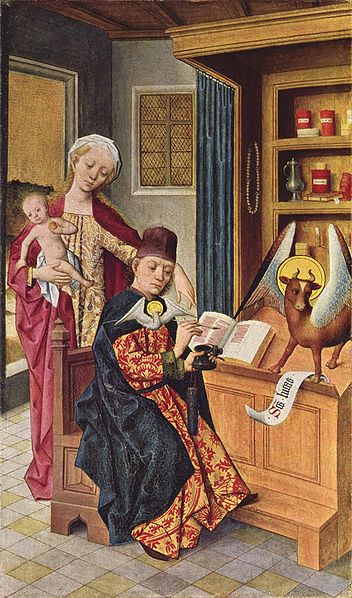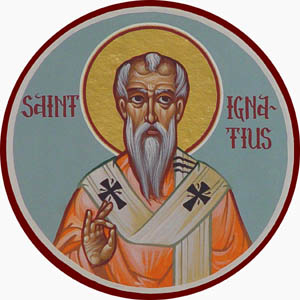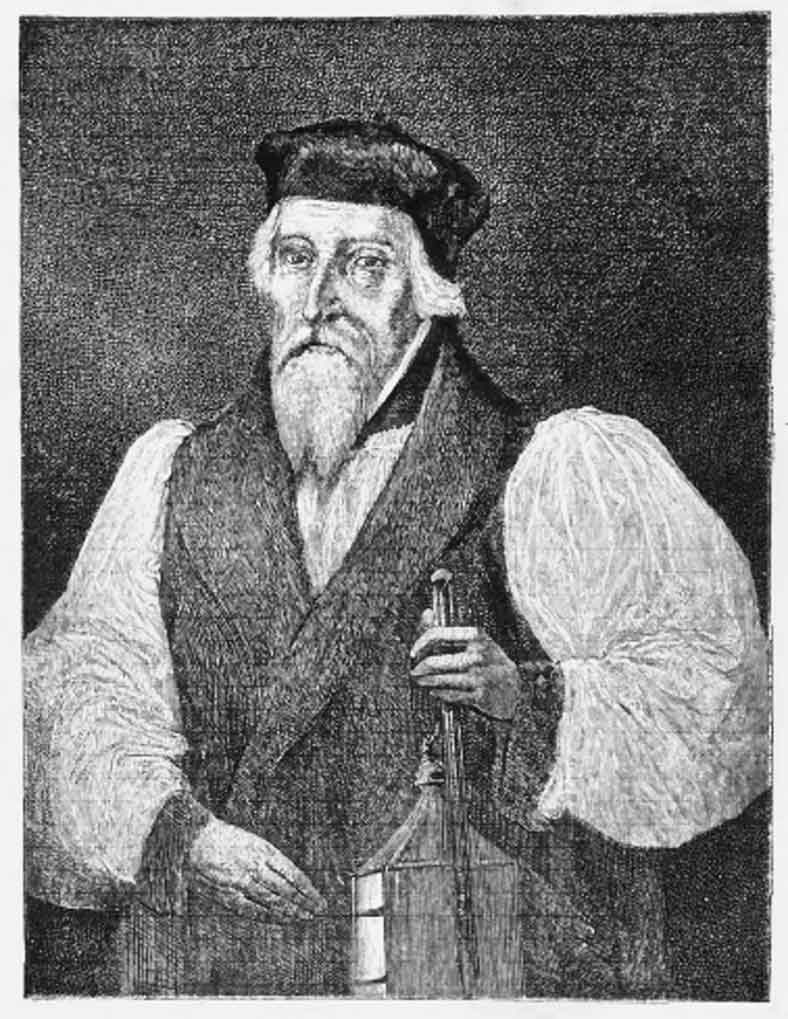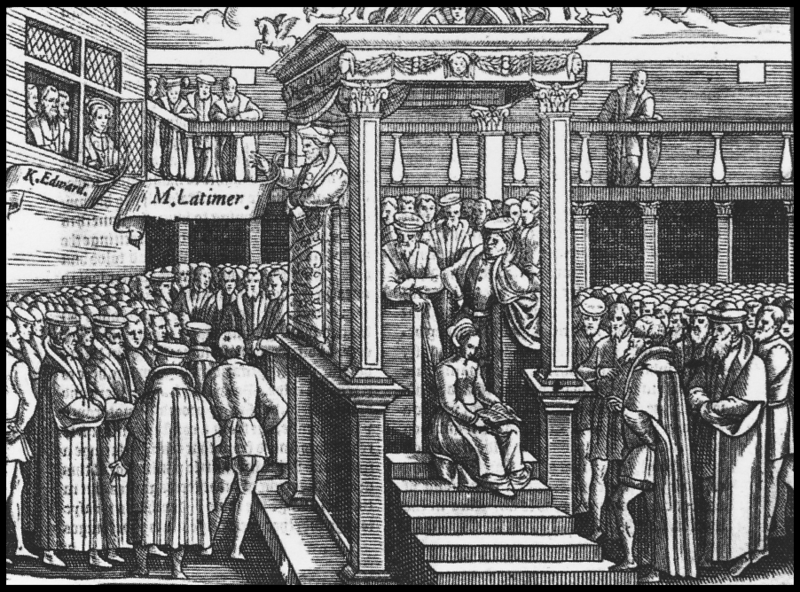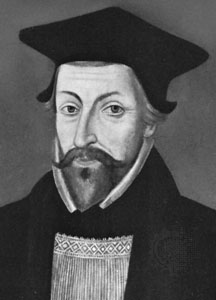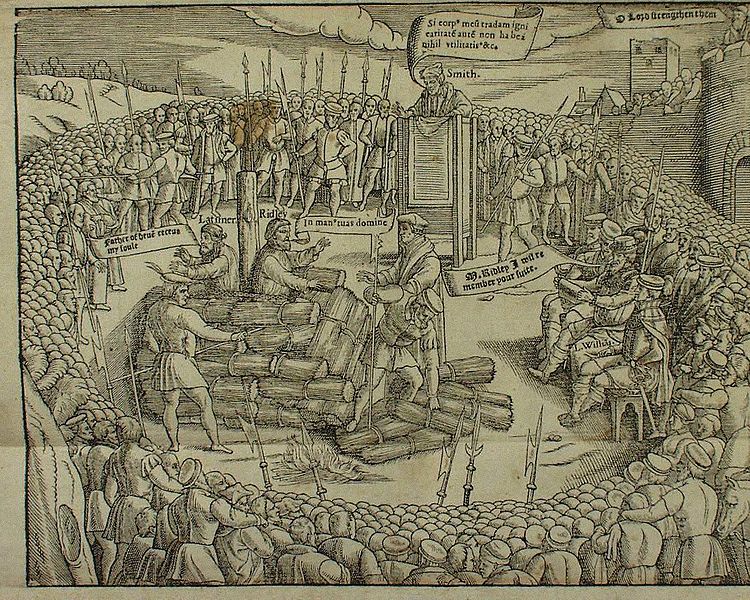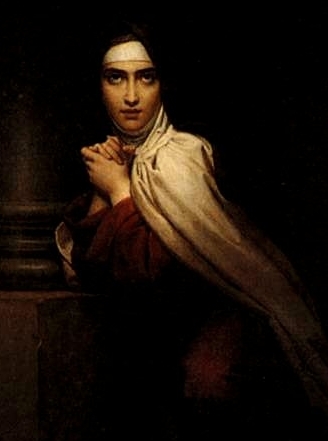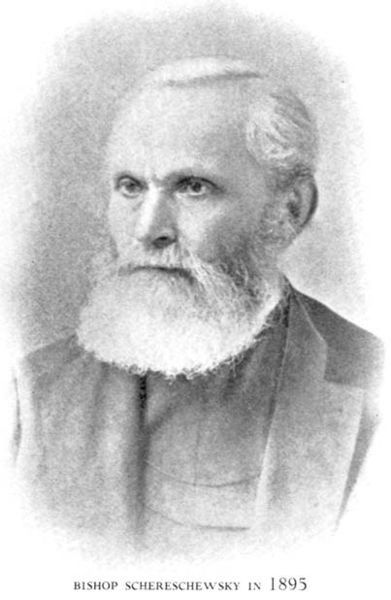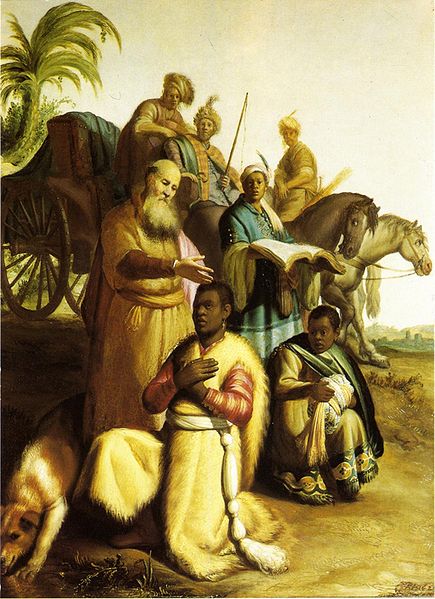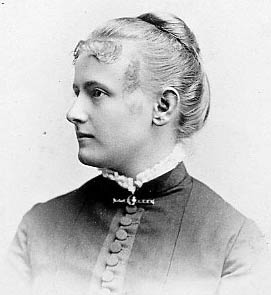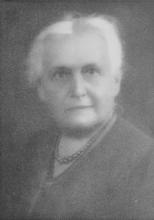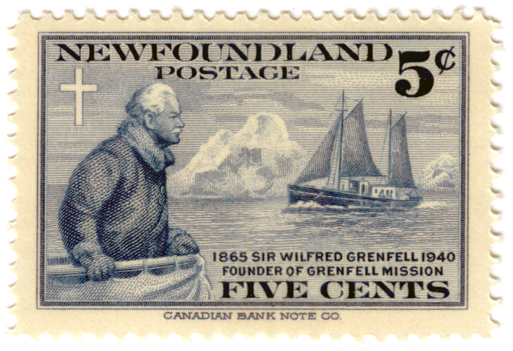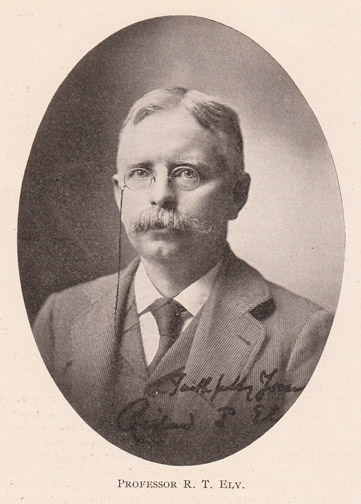Welcome to the Holy Women, Holy Men blog! We invite you to read about this commemoration, use the collect and lessons in prayer, whether individually or in corporate worship, and then tell us what you think. For more information about this project, click here.
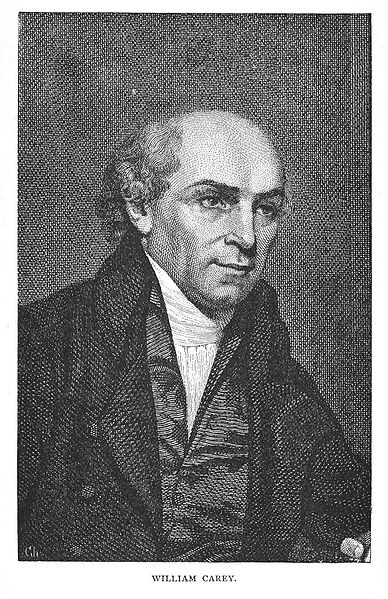
About this commemoration
William Carey was an English Baptist missionary and was a major figure in developing the Protestant missionary movement of the nineteenth century.
Born a son of the Church of England in 1761, Carey took an early interest in his studies and excelled at languages, a gift that would serve him in his ministry. After his village schooling, Carey apprenticed as a cobbler where he came into contact with a fellow worker who was a Nonconformist. Carey was challenged by this relationship and he eventually left the Church of England and became a Congregationalist. Carey developed into a master cobbler, married, and with his wife, Dorothy, had six children, only three of which survived childhood. During his years as a master cobbler, Carey’s interest in languages became a passionate avocation; he learned Italian, French, Dutch, and Hebrew, while increasing his mastery of Latin, a language he had taught himself as a youngster.
Carey’s spiritual quest continued. He was re-baptized in 1783 and was a Baptist for the remainder of his life. He became a schoolmaster and served as a Baptist pastor while struggling with his responsibility to foreign missions. He was among the founders in 1792 of what would become the Baptist Missionary Society. Finally, in 1793, Carey and company set out for India.
After transitional periods in Calcutta and Midnapore, Carey and his fellow missionaries settled in Serampore in 1800 where Carey would spend the rest of his life. He was appointed a professor at Fort Williams College, which had been founded to educate the children of civil servants. While teaching, Carey translated the Bible into Bengali and Sanskrit and the New Testament into other Indian languages and dialects, in addition to providing translations of other Christian literature. Carey also completed a Bengali-English dictionary and other linguistic tools to support missionary work.
In 1818, Carey’s mission established Serampore College for the dual purpose of training indigenous ministers and providing a classical education to anyone regardless of caste or national origin.
William Carey died on June 9, 1834, and was buried in Serampore.
Collects
I Merciful God, who didst call William Carey to missionary work in India and didst endue him with a zeal for thy Word that led him to translate Scripture into many local languages and dialects: Give us a heart for the spreading of thy Gospel and a thirst for justice among all the peoples of the world; through Jesus Christ our Savior, who sheds thy light and peace throughout humanity, and who liveth and reigneth with thee and the Holy Spirit, one God, now and for ever. Amen.
II Merciful God, you called William Carey to missionary work in India and gave him a zeal for your Word that led him to translate Scripture into many local languages and dialects: Give us a heart for the spreading of your Gospel and a thirst for justice among all the peoples of the world; through Jesus Christ our Savior, who sheds your light and peace throughout humanity, and who lives and reigns with you and the Holy Spirit, one God, now and for ever. Amen.
Psalm 119:25-32
Lessons: Jeremiah 1:4–8, Romans 10:14–17, and Matthew 17:14–20
Preface of a Saint (1)
From Holy, Women, Holy Men: Celebrating the Saints © 2010 by The Church Pension Fund. Used by permission.
We invite your reflections about this commemoration and its suitability for the official calendar and worship of The Episcopal Church. How did this person’s life witness to the Gospel? How does this person inspire us in Christian life today?
If you’d like to participate in the official online trial use survey, click here. For more information about the survey, click here.
To post a comment, your first and last name and email address are required. Your name will be published; your email address will not. The first time you post, a moderator will need to approve your submission; after that, your comments will appear automatically.
